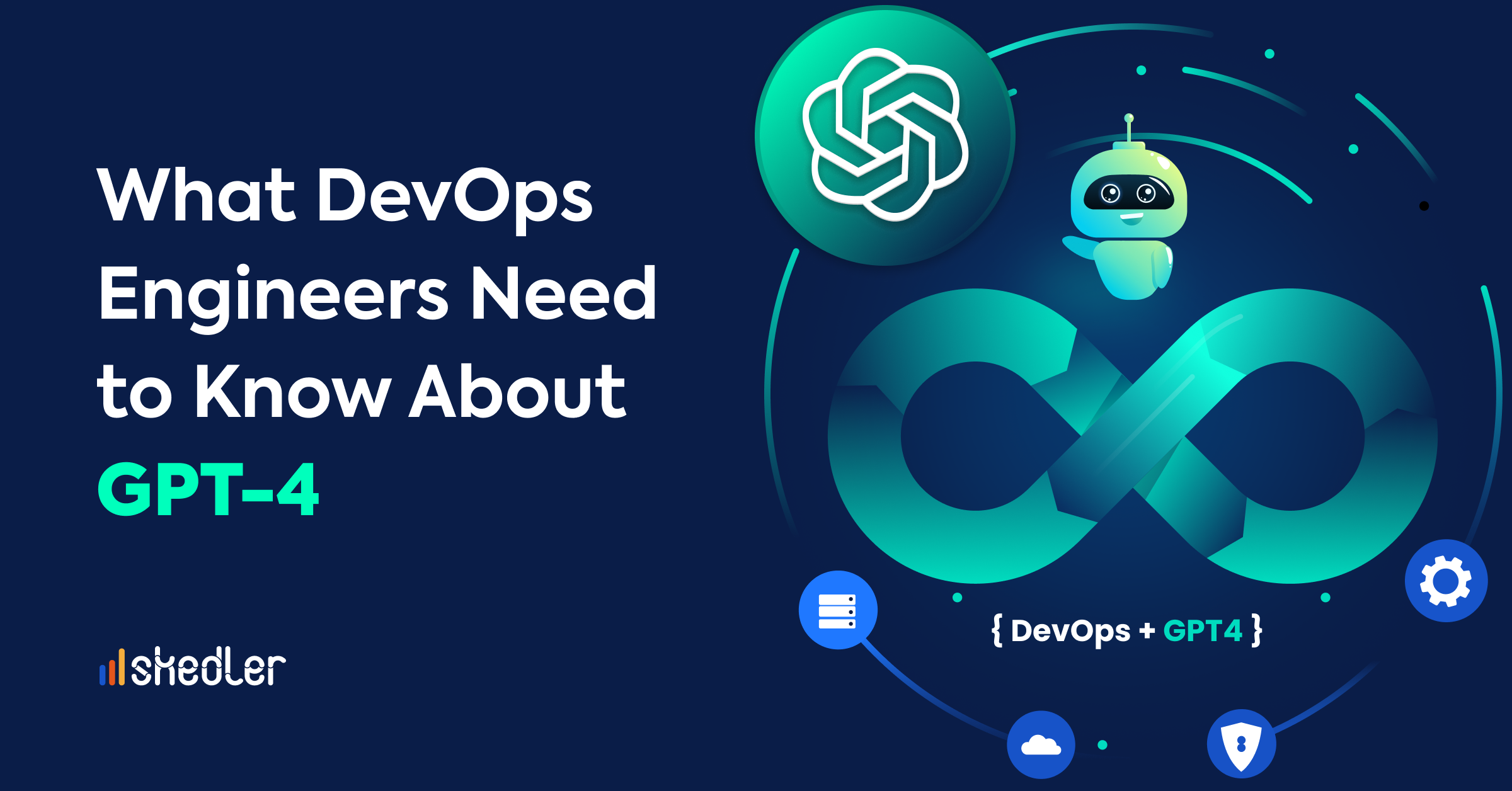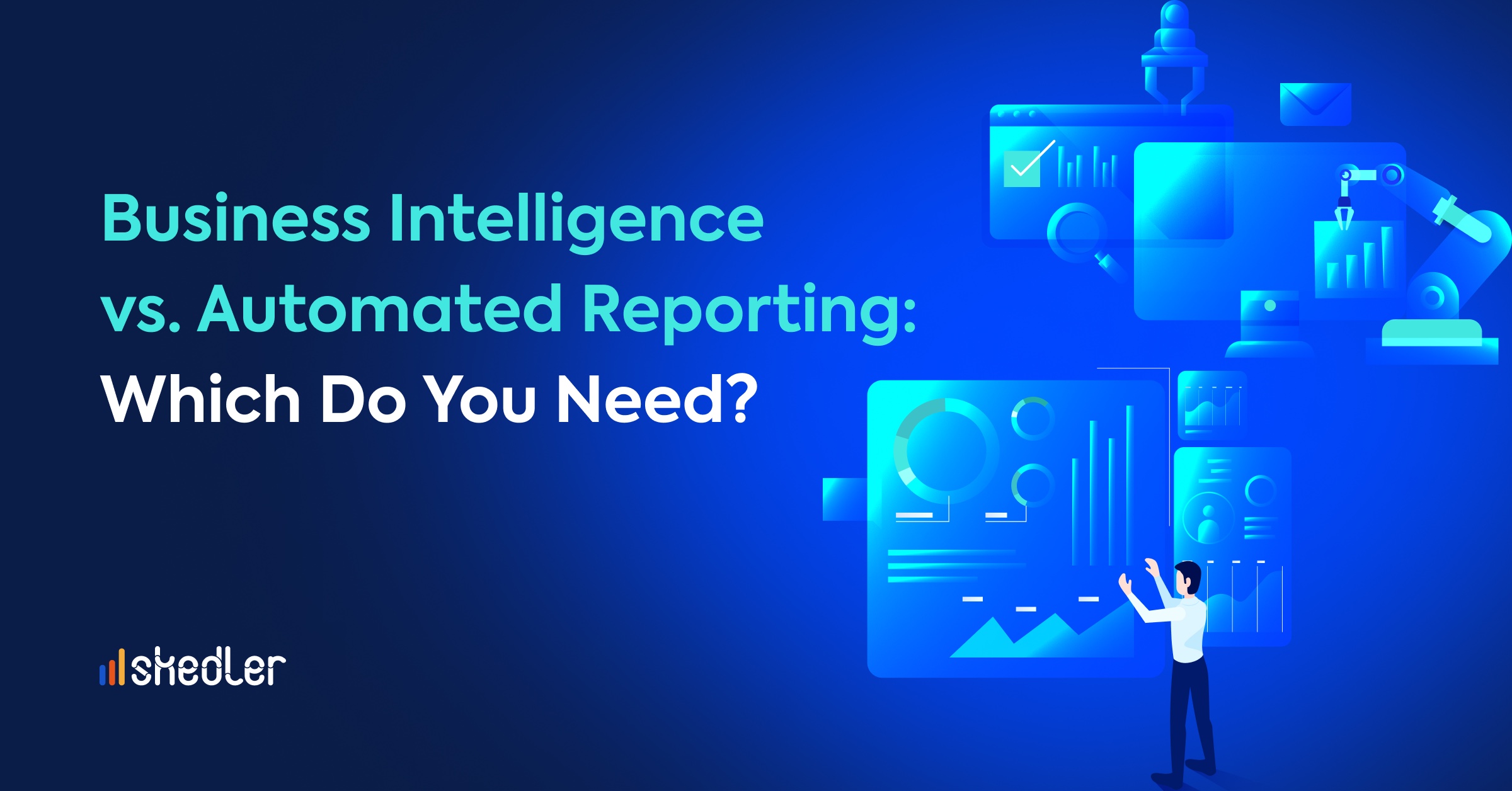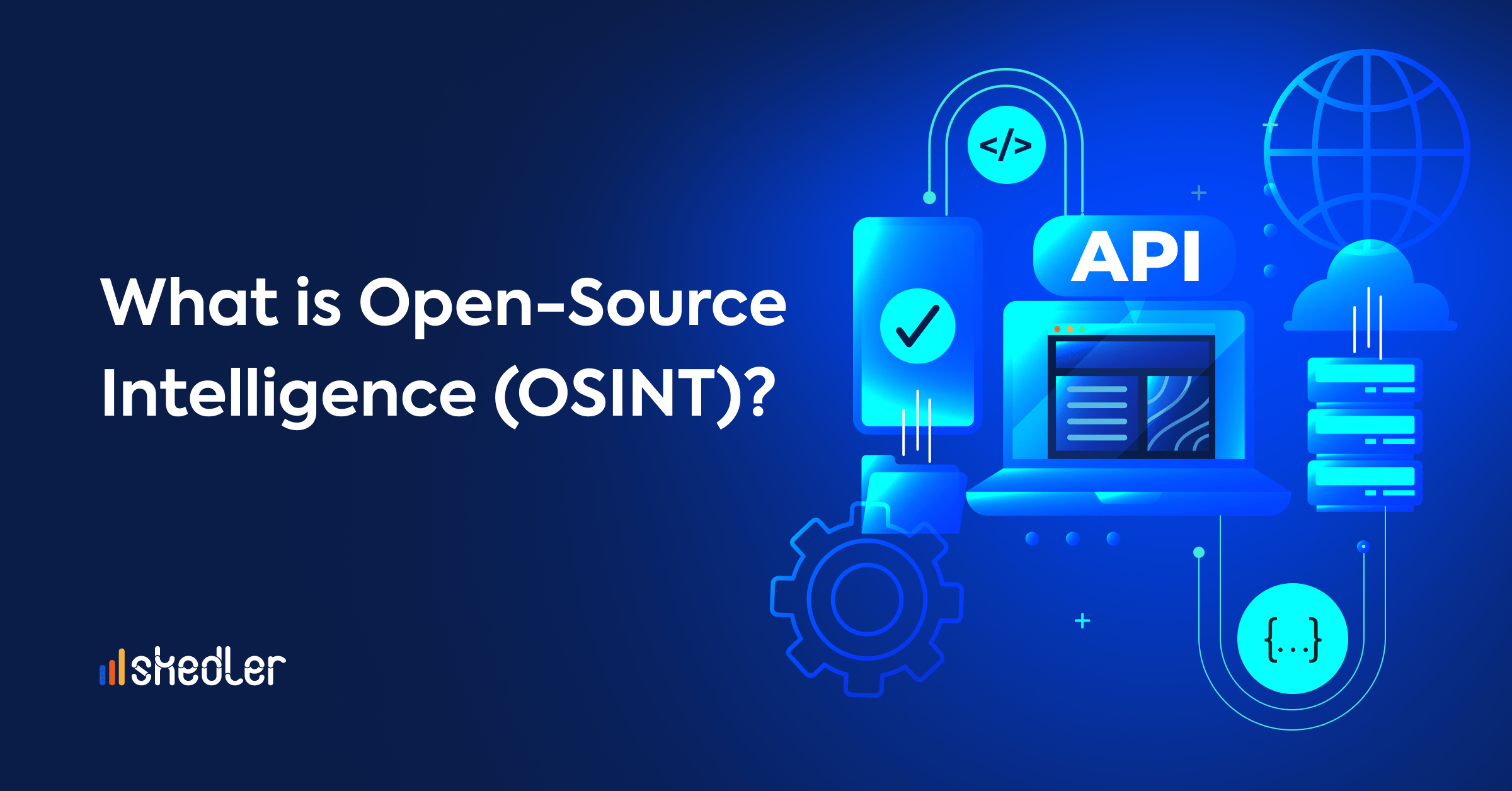What DevOps Engineers Need to Know About GPT-4
How can GPT-4 transform the way DevOps teams’ communicate and collaborate? Learn more about this groundbreaking technology and its potential impact on the workplace.
What Is GPT-4 and Why Is it Important?
Open AI came up with the first iteration of Generative Pre-Training-1 in July 2018. In their first proposal they stated that the language model could be trained using Generative Pre-Training (GPT). However, it was in 2020 when the release of GPT-3 revolutionized the field of natural language processing (NLP), as it became the most powerful language model to date.
Now, the introduction of GPT-4 in 2023 brings natural language processing capabilities to the next level. GPT-4 is far more powerful than GPT-3 and is capable of processing and producing text better and faster. As a result, GPT-4 is considered a huge leap forward in NLP technology. It is expected that more and more exciting applications of this groundbreaking technology will emerge in the next months.
For DevOps and DevSecOps team, GPT is an exciting tool, as it can help transform the way teams communicate and collaborate, increasing team efficiency and productivity. But, as more and more companies adopt GPT-4, some concerns are emerging. One of the most prevalent is whether artificial intelligence will replace humans in the workplace. Some are convinced that this type of technology can replace jobs, while others affirm that AI is meant to work alongside humans, not replace them.
In this article we share with you the key differences between GPT-3 and GPT-3, the limitations of this tool, the role of ChatGPT in DevOps teams and best practices for incorporating GPT-4 into your team.
GPT-4 vs. GPT-3: What Has Changed
GPT-4 is OpenAi’s most advanced system and includes more creativity, more advanced reasoning, and produces safer and more useful responses. This new model introduces a range of enhancements over its predecessors. If GPT-3 already captivated the world with its possibilities, GPT-4 has gone a step further. In addition to being faster and giving more accurate responses than GPT-3, GPT-4 is multimodal, so it can understand different modes of information, including images.
These are some of the other GPT-4 improvements over GPT-3:
- It has a broader knowledge base and can generate more accurate and sophisticated text.
- It can describe images with an impressive level of detail.
- It has enhanced collaboration and creativity features to assist in generating, editing, and iteration of creative and technical writing tasks.
- It has more robust security features, making it more secure for sensitive applications such as DevOps and DevSecOps.
- It can learn from fewer examples and generalize better than GPT-3.
- It can generate more natural and human-like responses.
- It can process up to 25,000 words at a time, which is 8 times more than Chat GPT-3 could handle.
- It is better equipped to take on multilingual tasks than its predecessor, making it a more accessible tool for non-English speakers.
Understanding the Limitations of GPT-4
Revolution or evolution? When talking about GPT-4, some argue that it is essentially a scaled-up version of the previous version with safety improvements, while others consider it a significant advancement in the field of natural language processing.
These are some of the most relevant limitations of this new technology:
- Hallucinations. GPT-4, like its predecessors, has a tendency to produce nonsensical or factually inaccurate content, making it not a 100% reliable tool.
- It can produce harmful content, such as hate speech, or amplify and perpetuate stereotypes of marginalized groups or people.
- It can generate political and social biases.
- It lacks real-time or updated information.
- It still has difficulties with arithmetic.
- Its command of languages beyond English is limited, although it has improved considerably compared to the previous version.
- Lack of data transparency and data privacy
- There is little information about how the model was trained and the data privacy measures.
OpenAI is open about these limitations, saying that “GPT-4 still has many known limitations that we are working to address, such as social biases, hallucinations, and adversarial prompts. We encourage and facilitate transparency, user education, and wider AI literacy as society adopts these models. We also aim to expand the avenues of input people have in shaping our models.”
By being aware of the limitations of this powerful technology before using it and educating teams, companies can benefit from this groundbreaking technology and get the most out of it.
The Relevance of GPT-4 for DevOps Engineers
We already know about the capabilities of GPT-4, but how can DevOps engineers benefit from this technology? Simply put, GPT-4 can help DevOps teams streamline their development processes and improve collaboration and communication. DevOps teams aim to create faster, more reliable and efficient software development processes, where automation plays a relevant role. Because of this, GPT-4 is undoubtedly a remarkable tool for these teams.
In short, incorporating GPT-4 into DevOps teams helps them achieve these goals. Additionally, it helps reduce human error and improve the reliability and efficiency of DevOps workflows.
ChatGPT’s Role in DevOps: A Game Changer
Natural language processing allows computers to understand and interpret human language. It can therefore be used to automate tasks that previously required human intervention. For this reason, ChatGPT has become one of the most promising and powerful tools for DevOps.
ChatGPT can perform useful tasks for DevOps, such as:
- Automate repetitive tasks.
- Infrastructure, indication, and compliance management.
- Infrastructure management and monitoring.
- Incident management and troubleshooting.
- Provide insights and recommendations based on data analysis to optimize DevOps workflows.
- Minimize human error through automation of tasks that require manual intervention.
All these reasons make ChatGPT a very powerful tool that more and more teams are including in their processes. Moreover, the tool is still evolving and OpenAI has announced that they are working on plugins for ChatGPT. This will unlock a wide range of possible use cases.
Best Practices for Incorporating GPT-4 into DevOps Workflows
As NLP evolves and becomes more powerful, DevOps teams are exploring the use of tools such as GPT-4 or ChatGPT to work more efficiently, faster, securely, and with better communication. Incorporating AI into DevOps workflows brings significant benefits. However, it is crucial to keep best practices in mind to ensure the success of this implementation and get the best out of it. Here are some of the best practices you can consider:
Define use cases
Before incorporating GPT-4 into your DevOps workflows, define what you want to use it for in your team and what goals you want to achieve. By using it in specific cases, you will be able to take full advantage of its possibilities.
You can incorporate GPT-4 for a wide variety of use cases, including:
- CI/CD pipeline optimization
- Chatbots for customer support
- NLP for monitoring and analysis – this will help you identify trends and optimize performance
- Code reviews – will allow your team to catch errors and ensure that the code is optimized
- Test case generation
- Predictive analysis
- Automated documentation generation
- Automated incident responses and suggestion of appropriate responses
Monitor and evaluate performance
Once you have implemented the use of GPT in your team, it is important to regularly monitor and evaluate the performance of GPT-4 in your workflow. This will help you ensure that GPT is being used effectively and if the results are as intended.
From tracking KPIs, performing A/B testing to conducting periodic retrospectives to identify areas of improvement and make adjustments to your workflows and processes, evaluating the performance of GPT-4 in your team will take you to the next level.
Train your team
GPT-4 is a powerful tool, and your team should understand how to use it effectively to ensure you get the most out of its capabilities. Ensure that all team members clearly understand how the model works, how it is trained, and how it is implemented in the software development process.
Training your Devops team to use GPT can be done in several ways, from offering hand-on training sessions to providing resources. It is also key to encourage experimentation with the tool so that they gain engagement with the technology and become motivated to use it.
By following these best practices, you will be ensuring the successful integration of GPT-4 into your team. This will bring great benefits to the way your team works and collaborates, and will also result in success for the company. The potential advantages of this technology are numerous and using it wisely will maximize these benefits.
Train the model (in the future)
Training and fine-tuning GPT-4 will enable you to get the most out of it. However, as of today, OpenAI has not made public the details of the GPT-4 fine tuning. More information on GPT-4 fine tuning is expected to become available in the future as developers use and test the model.
Training GPT-4 is a complex process that will require a large amount of computational and data resources. If you plan to implement it in your DevOps team, train it will help you to get the best results over time.
Conclusion
The potential of GPT-4 and ChatGPT as valuable DevOps tools is undeniable. DevOps teams can automate processes and achieve faster, more efficient results with these tools, while staying ahead of the changing software development landscape.
However, it is crucial to know the limitations of GPT-4 or ChatGPT and to make correct and ethical use of these tools. Without a doubt, DevOps teams that understand how to harness the power of AI and make smart use of it will be better equipped to succeed in the digital age.
At Skedler, we know that efficiency and productivity in DevOps and DevSecOps teams are key. That’s why we have developed a solution to facilitate the task of generating and sending reports to your clients, managers or stakeholders. If you want to learn more about our solution, you can start your free trial today.



